Currently, Dong Ha has fully prepared its stature to become a type II urban area. That is a very proud advancement for the land and people of Dong Ha. For me, thinking about Dong Ha, I look back to old memories, the time when I first discovered the dots of "doing business with two familiar yet strange words" in the journey of groping to find a direction to build a new life from the hardships of the post-war period...

Hoang Dieu Street, Dong Ha City - Photo: D.T
In the memoir “White smoke drifting over Quai Vac hill”, written in November 1984, writer Nguyen Quang Ha quoted two folk songs: “Without flour, one can make paste/With bare hands, one can build a new career” and recounted: “When I met the Dong Ha Cement Factory, I don’t know why I had the feeling that the folk song was specifically for this factory. If I recall yesterday, the Quai Vac hill area was a solid defense line west of Dong Ha, the enemy was trying to stop the liberation forces from penetrating from Highway 9. That’s right, the Vanguard Division smashed this defense line with determination and guns, the main army poured down to liberate Dong Ha, Quang Tri, the land at the forefront of the South today. In the Quai Vac area, which was once desolate and bombed, now stands a cement factory, with two tall chimneys emitting smoke leisurely into the blue sky. The pure white smoke and the blue sky, isn’t that a peaceful song...”.
To have a "peaceful song" as romantically thought by writer Nguyen Quang Ha, I know how much the town leaders at that time "worked hard".
According to the memoirs of Mr. Ho Ngoc Hy, former Secretary of Dong Ha City Party Committee (1986-1992), the investment project to build Dong Ha Cement Factory in 1977-1978, designed by the Central Institute of Mechanics and Dynamics, was very modern.
To suit the economic situation and operating capacity at that time, after adjusting the design, the factory had simple vertical kiln technology, capacity of 10,000 tons/year, total investment of 7 million VND. Cement quality reached compressive strength P-400.
Dong Ha Cement Factory has been operating stably and gradually increasing its output and quality, from 3,021 tons in 1981 to 4,100 tons in 1985, not only meeting an important part of the demand for construction of irrigation works, transportation, and housing of the people in Binh Tri Thien province but also for the Central Highlands provinces and some localities of Laos...
As I sit down to write these lines with many memories of the early days of the re-establishment of Quang Tri province, I received information that the provincial leaders had submitted to the Prime Minister and the Ministry of Construction for consideration and decision to recognize Dong Ha City as a type II urban area. A small town with a population of about 1,000 before 1954, through many historical changes, in 1989, Dong Ha became the provincial capital of Quang Tri province. On December 13, 2005, Dong Ha was recognized as a type III urban area. On August 11, 2009, Dong Ha City was established with a scale of 9 wards, a total area of 73 km2, a population of 164,000 people and was considered a young, dynamic urban area, a bridgehead to Vietnam on the East-West Economic Corridor. |
According to the assessment of those who have been attached to Dong Ha since the days of liberation (April 28, 1972), this land used to be a symbol of courage, the spirit of overcoming difficulties, creativity in fighting, and construction work; a source of inspiration for many talented artists, scientists, managers... of the homeland and the country. They came here and contributed to Dong Ha scientific works, basic construction works, creating motivation to promote socio-economic development and valuable literary, cultural and artistic works...
One thing to be proud of is that over 40 years ago, statistics in 1983 showed that Dong Ha had 35 state-owned enterprises in production and basic construction, 19 cooperatives and small-scale industrial production complexes, attracting 65% of the local labor force to work collectively; a fairly stable industrial and small-scale industrial production system was formed.
Many enterprises were established such as the Diesel Thermal Power Enterprise, Water Enterprise, 20/12 Mechanical Enterprise, developing more facilities to produce brooms, bamboo blinds, lace embroidery, leather shoes for export, steel production (20/12 Enterprise), nail production, plaster chalk...
Particularly prominent are a number of production-business establishments, traffic infrastructure systems, trade, services, culture, education... that other localities in Binh Tri Thien province do not have such as: cement factory, brewery, water factory, 1,000 kVA electric pumping station with 35kV line, two water transport ships with a capacity of 400 tons/ship, 3-storey office building of Dong Ha town People's Committee, many schools, hospitals (such as the once famous Ha Lan Hospital) were built solidly and spaciously to basically meet the learning needs of children and medical examination and treatment of the people.
In the memoir Dong Ha - people and time, written in July 1985, writer Hoang Phu Ngoc Tuong also recounted that Dong Ha town at that time (10 years after liberation - 1982 - NV) had a small population, but still created its own attraction with high-class handicraft products... In addition to woven items made of colorful electric wire, water tanks, washing tubs, watering cans, there were also boat nails, brushes made of sandbag fibers, bicycle parts produced on the spot using filing and welding techniques...
In this memoir, the writer also showed us that at that time the town had its own electricity generation, a cluster of 300 kW generators with many high-voltage transmission networks of 35 kV lines transferring electricity to the Cam Lo specialized farming area and transferring electricity for lighting to Hue. Electricity fed the town's industry and provided water for agriculture. The An Thai generator cluster and the 1,000 kW intermediate station on the Hieu River along with 8 lakes with a capacity of 1 million to 4 million cubic meters of water.
With electricity and water, Dong Ha basically irrigated enough for the winter-spring crop and 40% of the summer-autumn crop on all existing agricultural land. Another mark of Dong Ha after more than 10 years of liberation is that in the countryside, life has stabilized; in the remaining urban areas, 80% have found jobs in labor, export of goods (for chili alone, Dong Ha's export target in 1985 was 1 million rubles-dollars) and other service industries.
According to writer Hoang Phu Ngoc Tuong, that is a great and most humane feature for a town that was formerly a military garrison that lived only on war services...
In the field of culture and arts, the traditional historical documentary "Dong Ha Land and People" has been completed and widely shown, creating a good impression and a great source of encouragement for the majority of people.
In 1984, the Central Artists Group led by musician Tran Hoan visited and worked in Dong Ha. The group included famous musicians: Thuan Yen, Tan Huyen, Hoang Song Huong and singers Thu Hien, Le Dung, Hong Nam... From here, a number of songs that have stood the test of time were born, such as "Nhip rowing on Hieu river" by Tran Tich; "Dong Ha, future city" by Hoang Song Huong; "Lan khoi bay bay" by Tran Hoan, "Co non Thanh Co" by Tan Huyen...
On the other hand, it must be affirmed that Dong Ha has an "urban face" with the highlight being the Hieu River and the landscape on both sides of the river opening up a sustainable development space like today thanks to the preparation for the future of the previous generation who chose and paved the way.
Dong Ha has always been an urban area associated with rivers because it is located at the confluence of two important rivers of Quang Tri region: Hieu River and Thach Han River. Dong Ha is also an urban area surrounded on three sides by three rivers: Thach Han, Hieu River and Vinh Phuoc.
There is also Hoi Song and many lakes such as Trung Chi, Khe May, Dai An, Khe San... Along the banks of Hieu River, there are fertile fields and gardens, diverse products with beautiful landscapes in the lower reaches, which have been praised by scholar Duong Van An: "Thuong Do, Ha Do, the moon on the water, the moon is pale"; "Thuong Do, Ha Do, the mountain range beyond the clouds, blue"...
In the article: “Thinking about how to raise the issue of planning Dong Ha town” published in Quang Tri newspaper on August 3, 1989, architect Bui Hiet wrote: “The provincial capital of a province is usually the political, economic and cultural center of a province. Planning Dong Ha town is also the task of reorganizing the system of technical facilities to serve the production, life and culture of the whole province to improve day by day, not only serving the needs of the town, but also having the strategic scope of the whole province. In turn, Dong Ha town is like an object, an entity serving that common purpose. So it is necessary to create for Dong Ha itself a reasonable structure, strong enough, capable of spreading and influencing the whole province.
Dong Ha town planning does not only have “intrinsic goals”. A city is born and develops according to its own laws, even the possibilities surrounding the city have an almost decisive impact on the nature, scale and form of the city.
For Dong Ha, I think Cua Viet port plays that decisive role. If Highway 9 contributed to the birth of Dong Ha town, Cua Viet port will nurture and make this urban area grow many times over”. During the development process, this project of architect Bui Hiet has been verified and clearly demonstrated its “groundedness”.
A foreign culturalist once said, in essence, that the way to recognize the appearance of one's homeland is to leave it; the way to find one's homeland is to find it in one's soul, in one's memories, in one's nostalgia...
Absolutely not like a model, made for everyone to admire, a city is born and grows up, no matter how much care is taken, it will never be perfect in the aspirations of many people because of the "change of skin" every day, in which not every change brings immediate results without stumbling, inadequacies, worries...
So, when I think about Dong Ha, I only remember the memorable things...
Dao Tam Thanh
Source: https://baoquangtri.vn/da-tung-co-mot-dong-ha-nhu-the-186674.htm


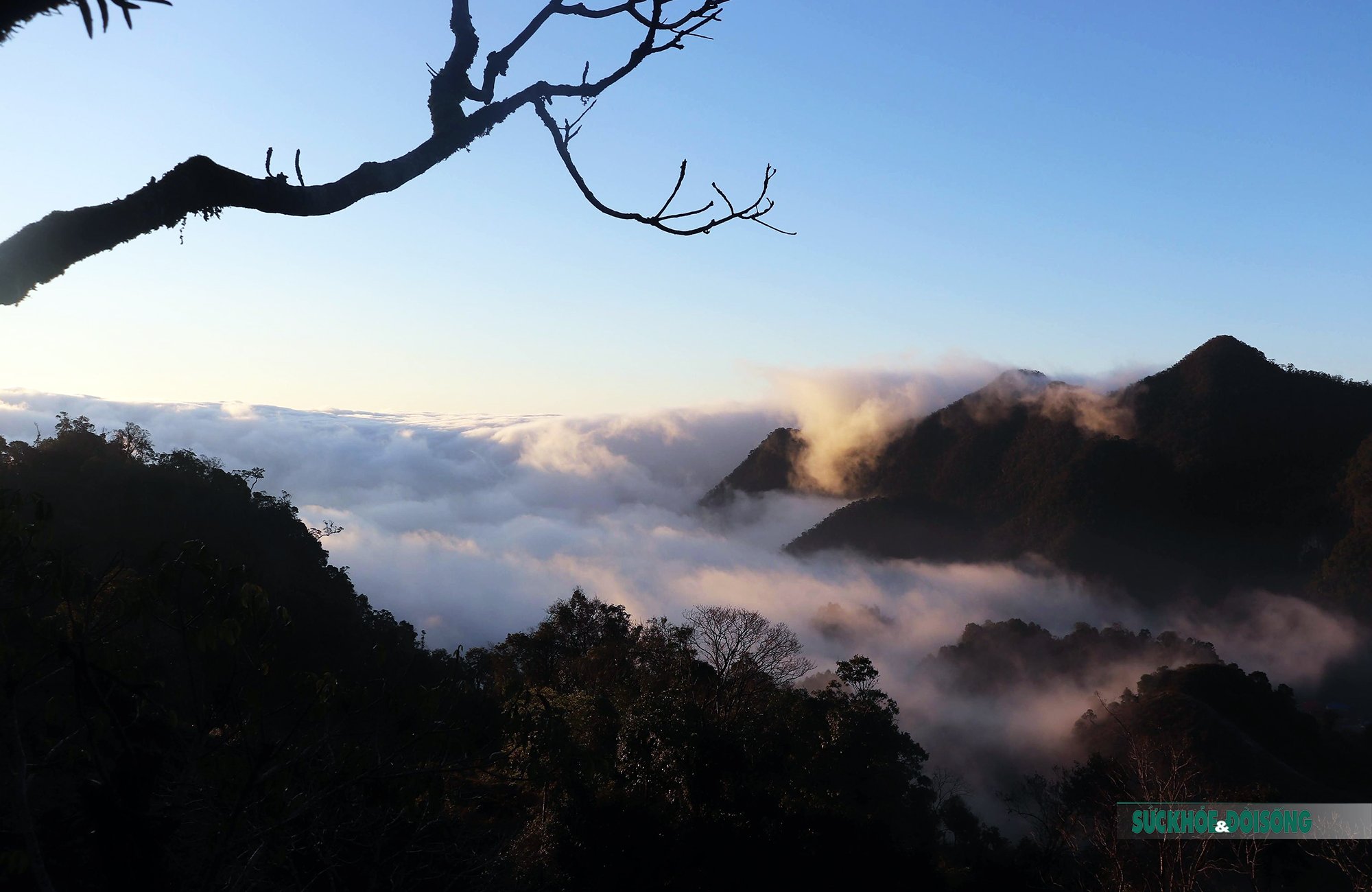
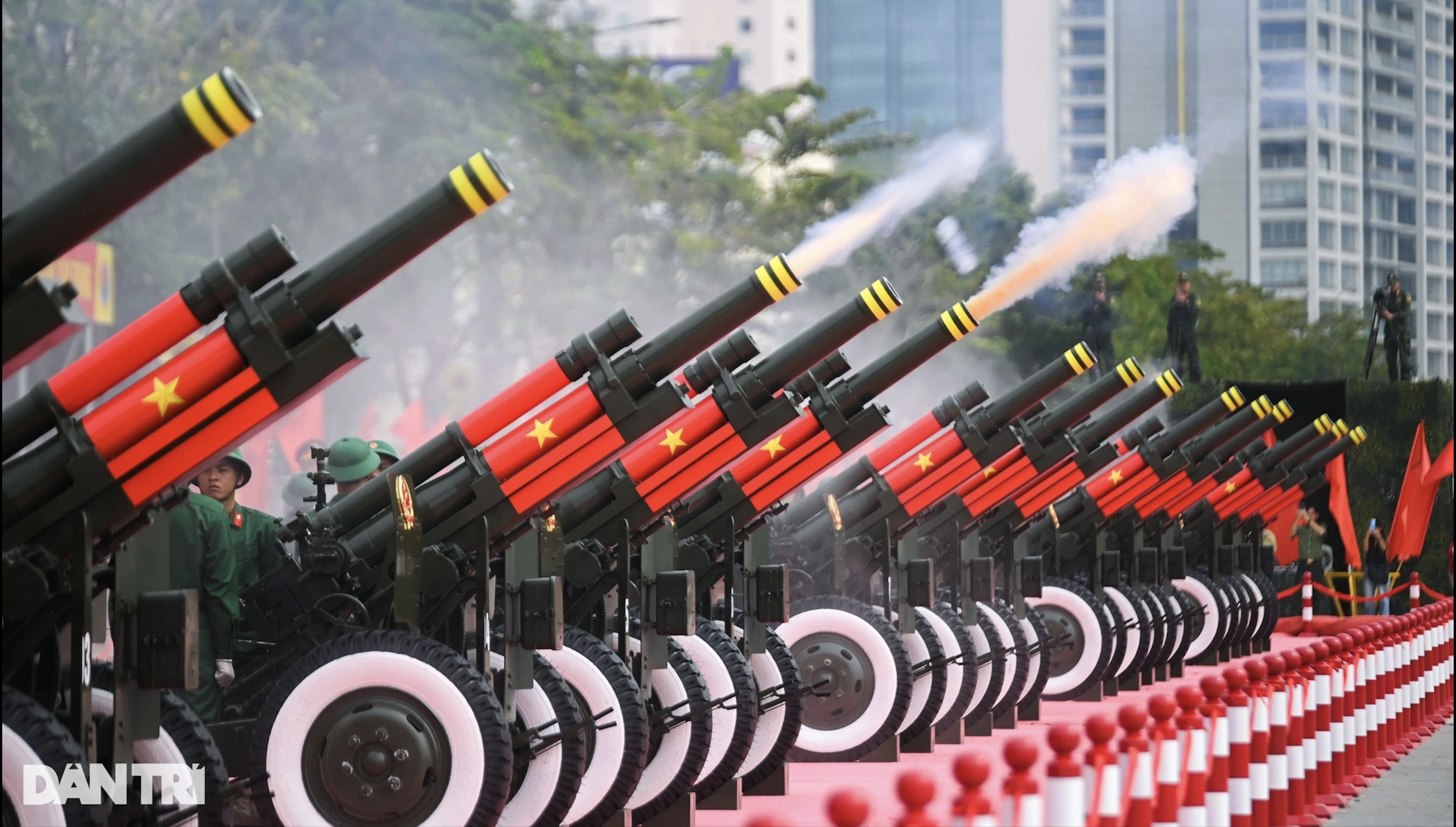

![[Photo] Visiting Cu Chi Tunnels - a heroic underground feat](https://vstatic.vietnam.vn/vietnam/resource/IMAGE/2025/4/8/06cb489403514b878768dd7262daba0b)
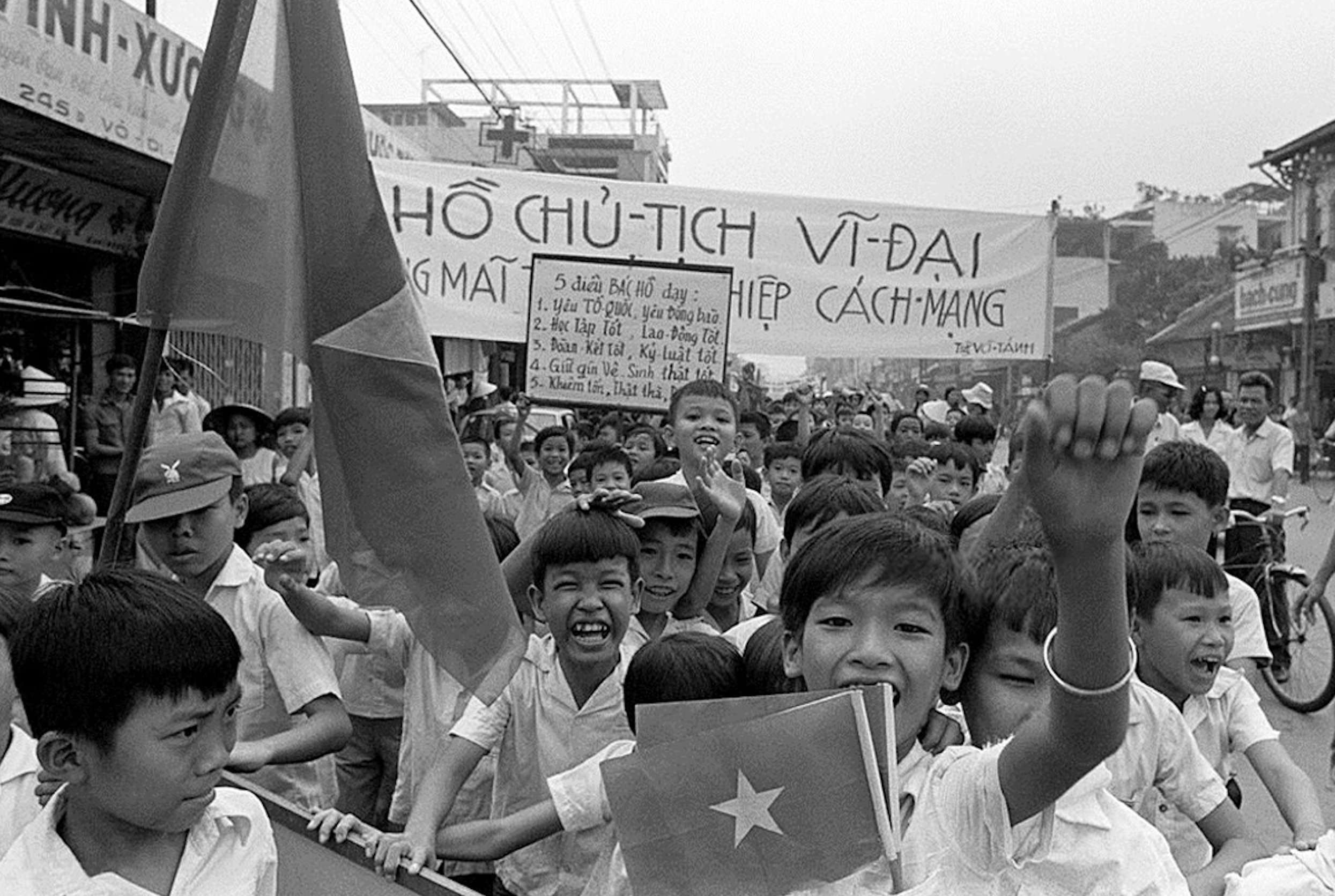
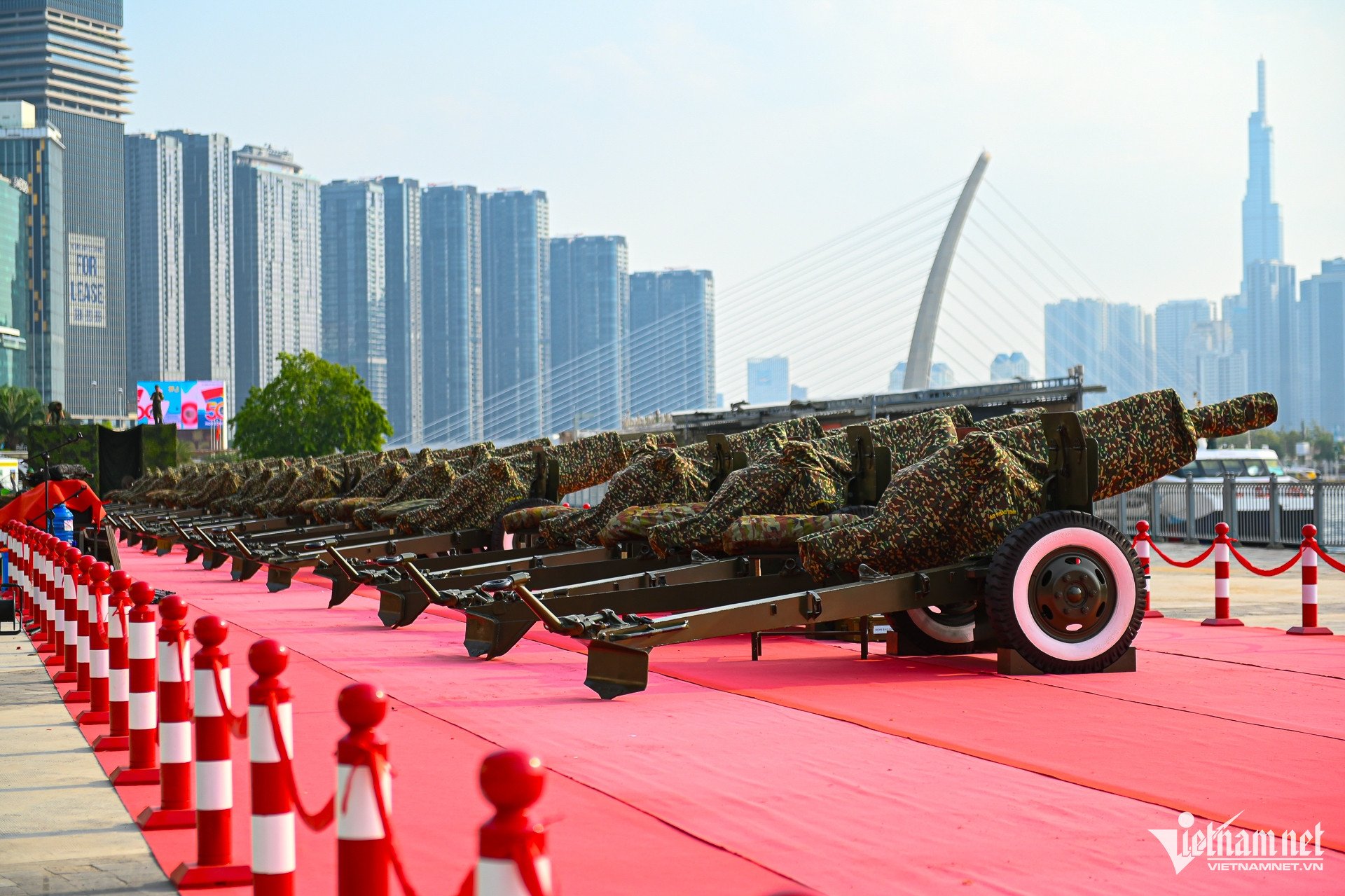

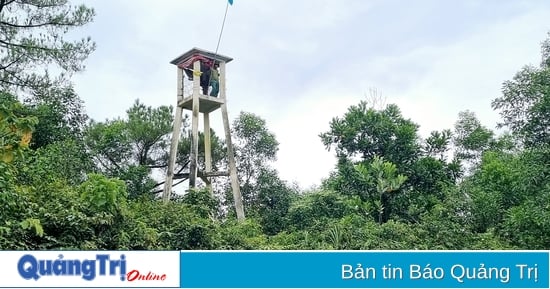
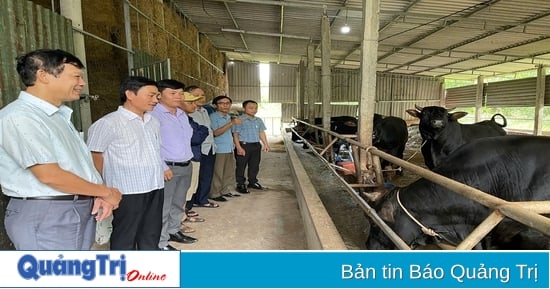
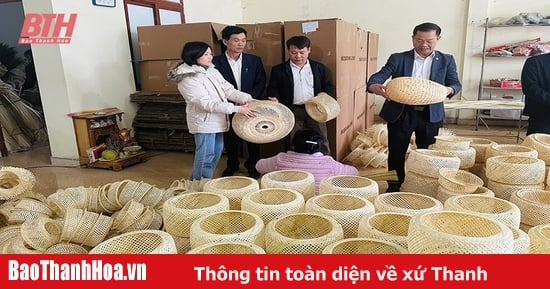
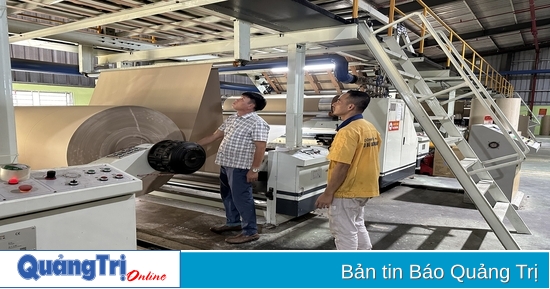


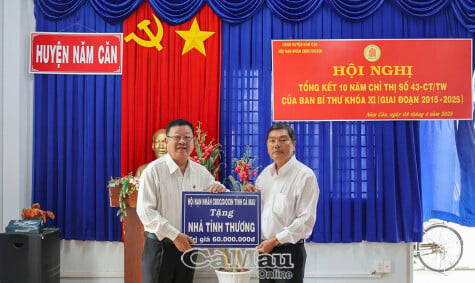
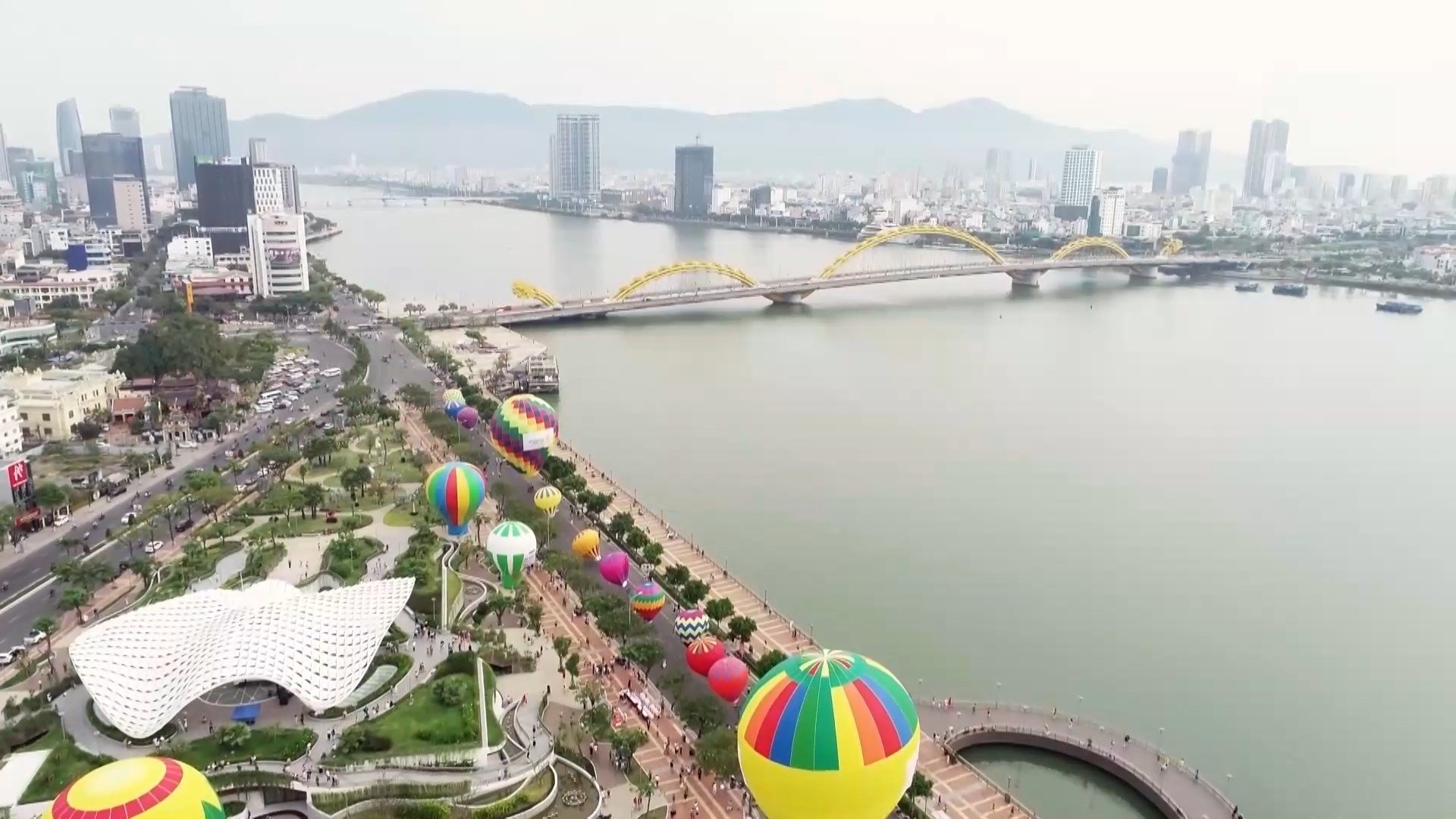
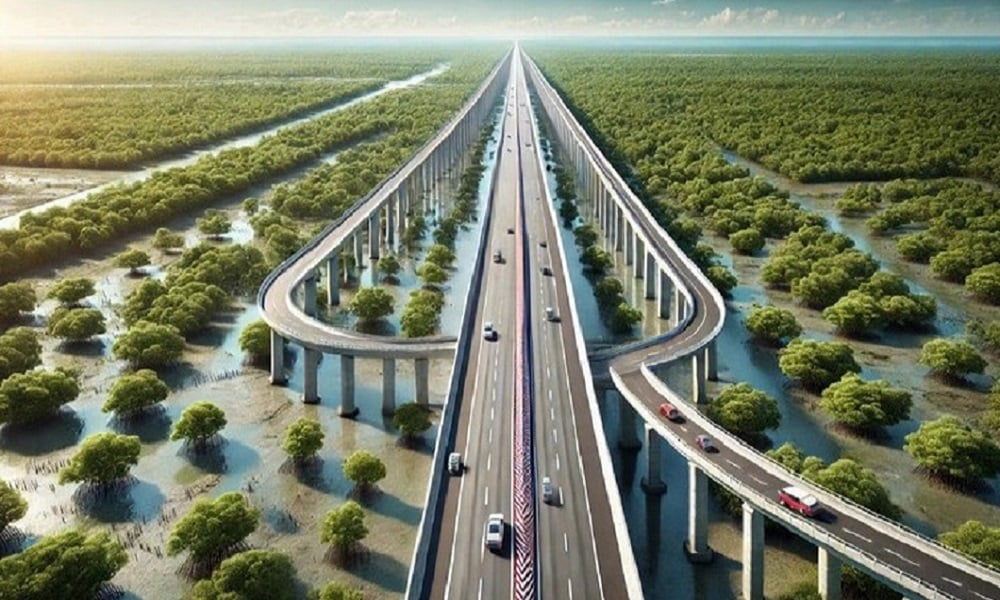
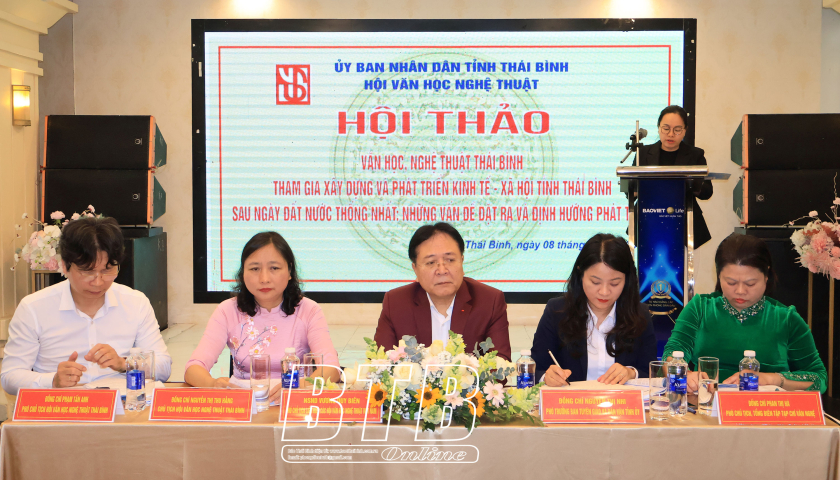
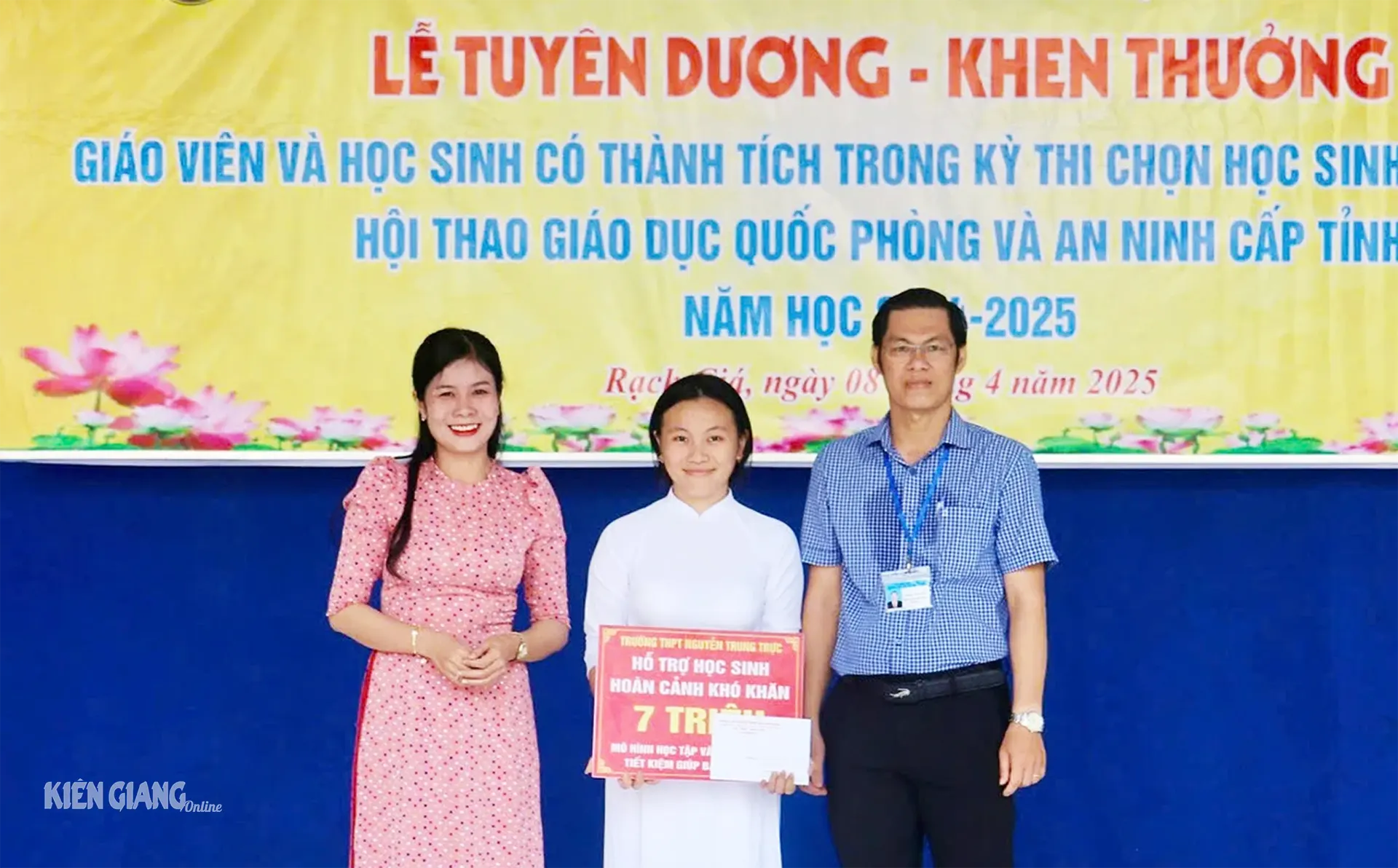

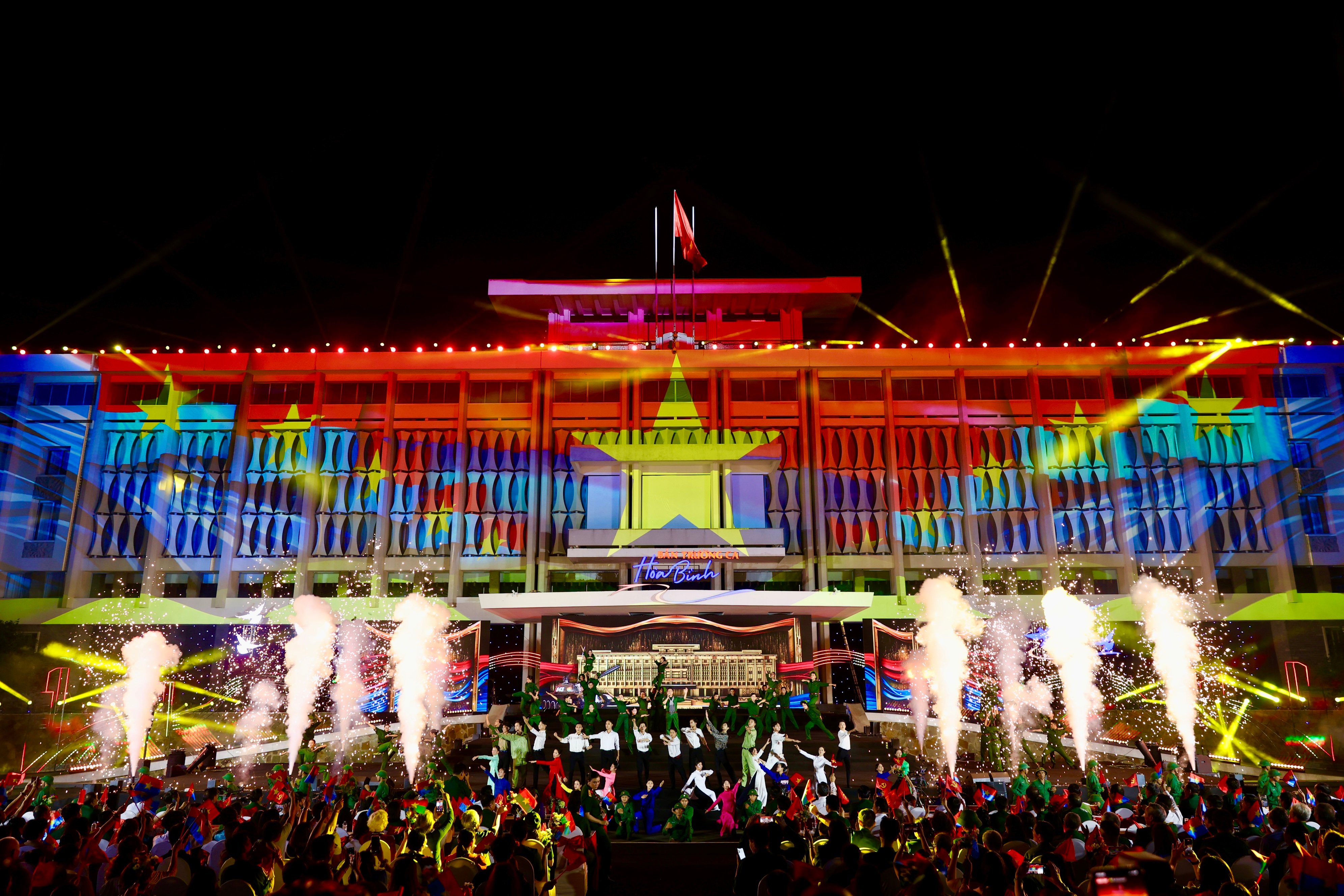
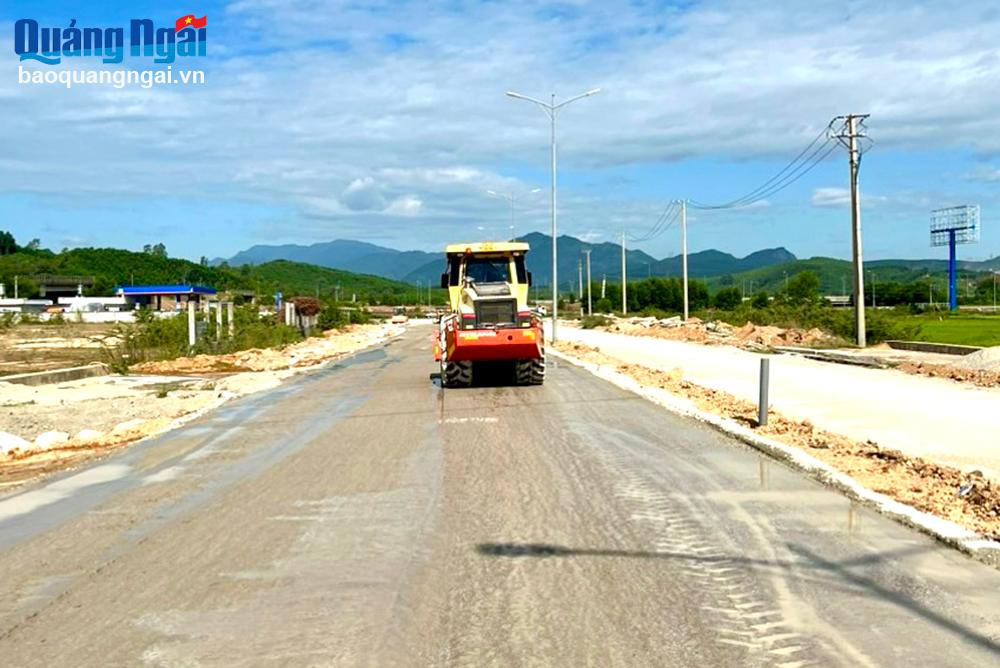
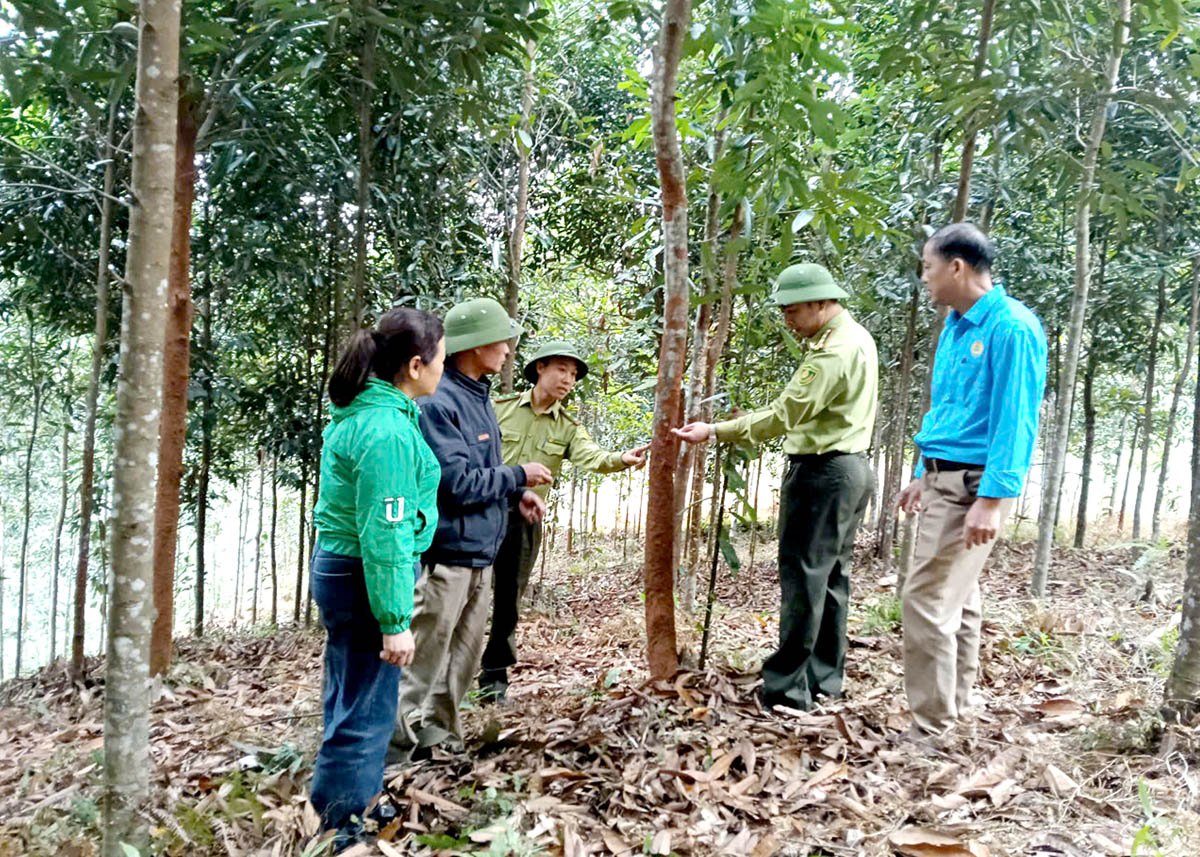
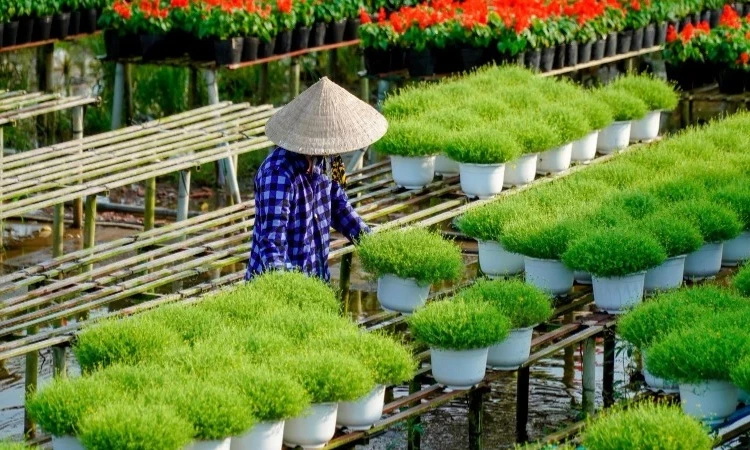

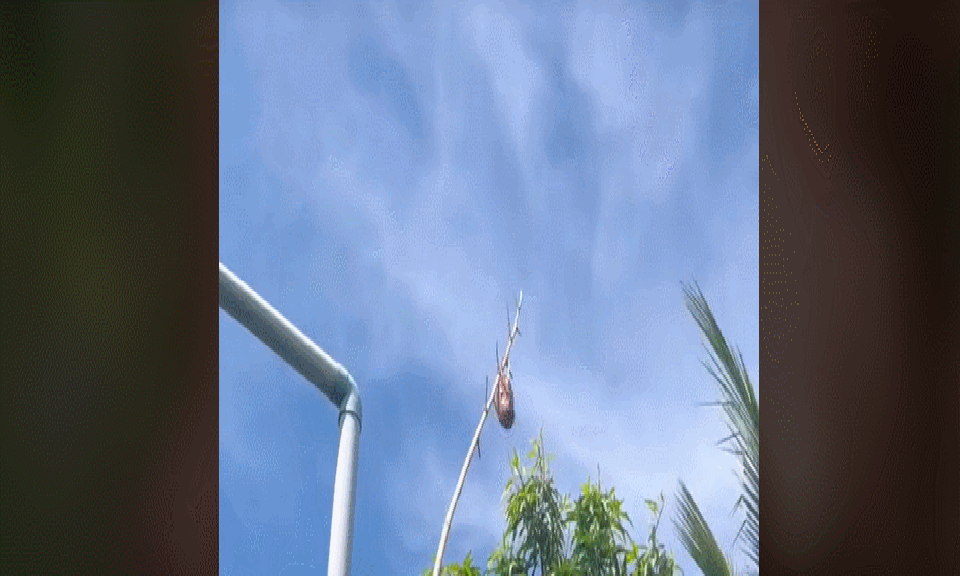
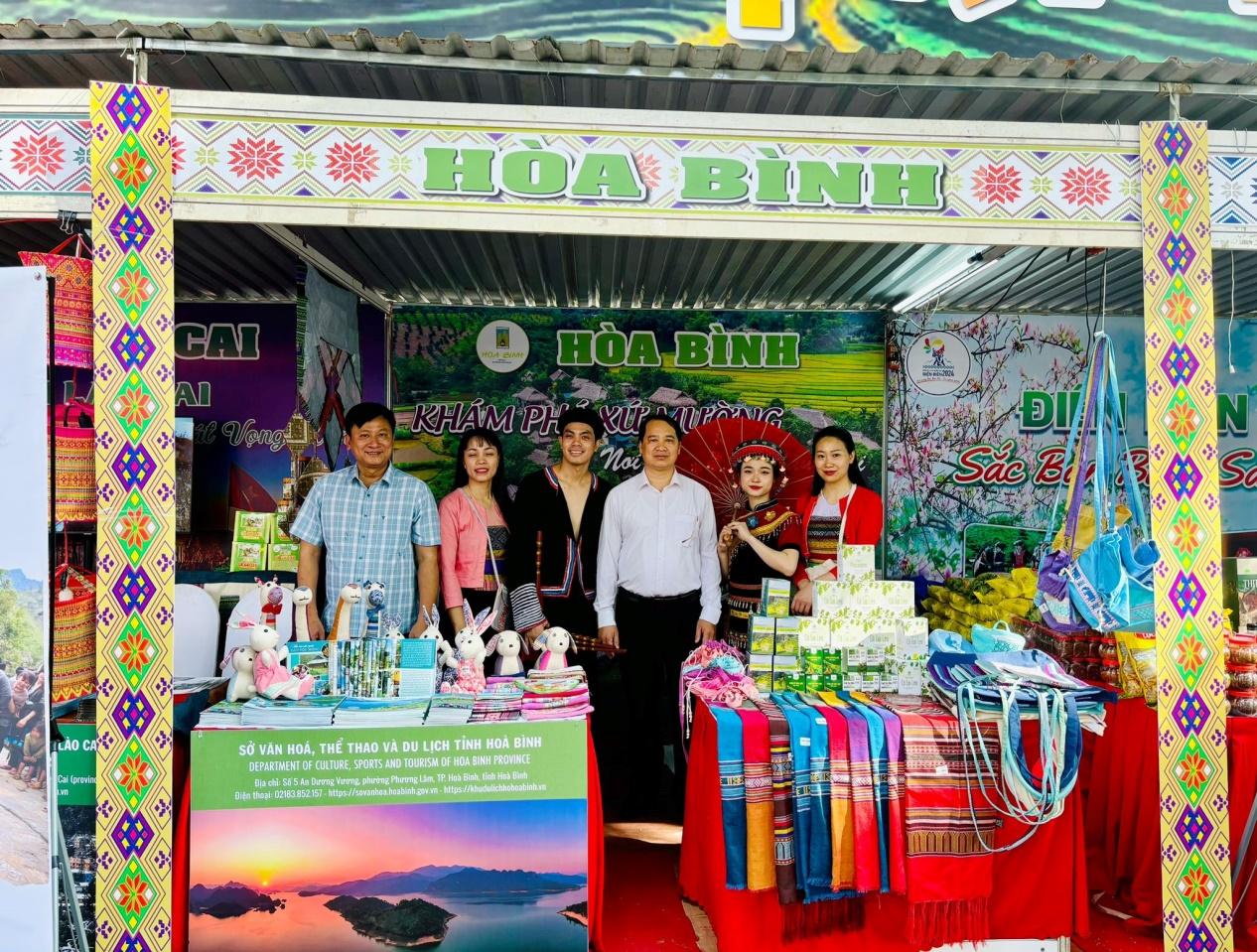
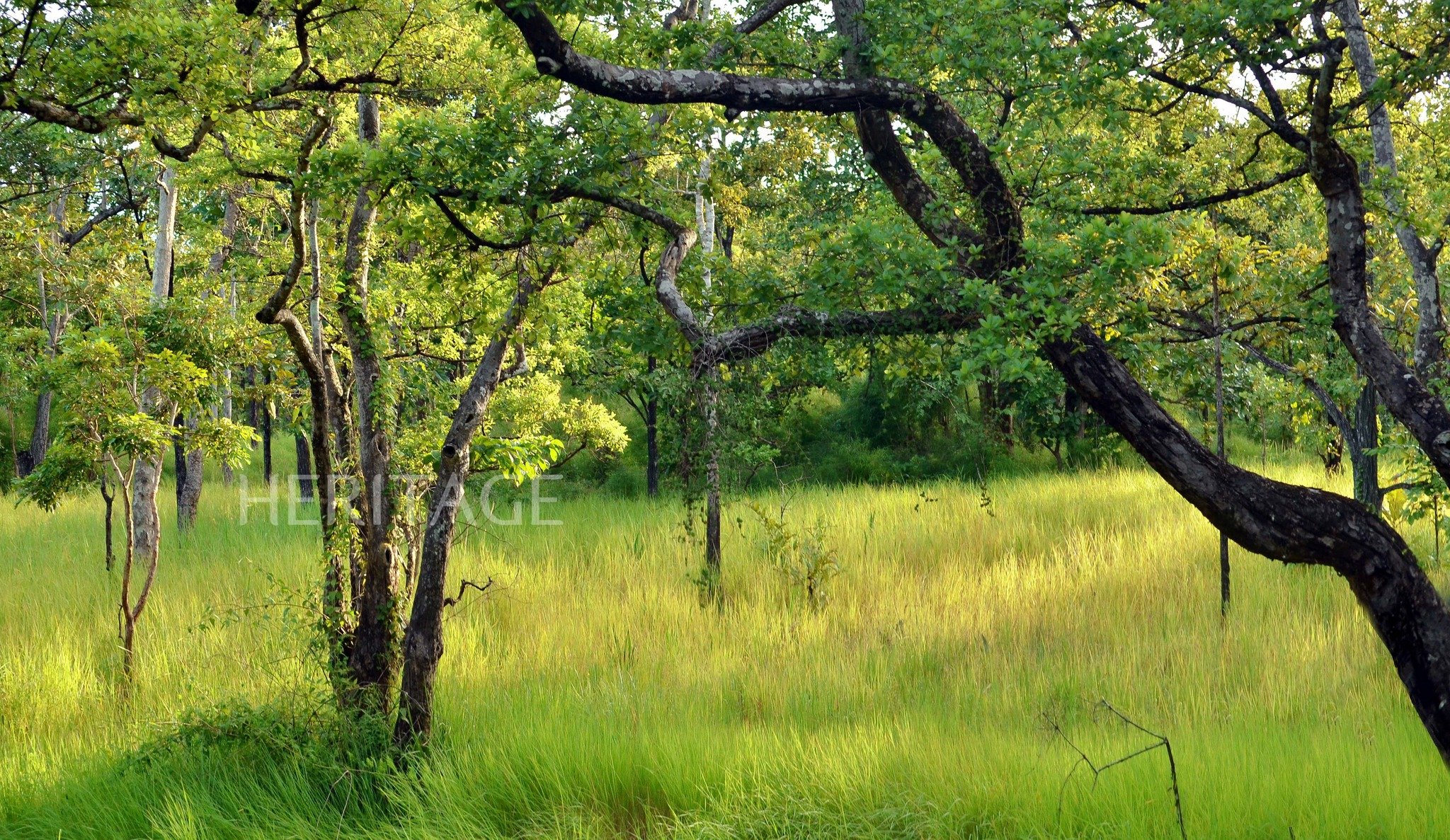

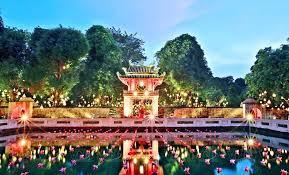

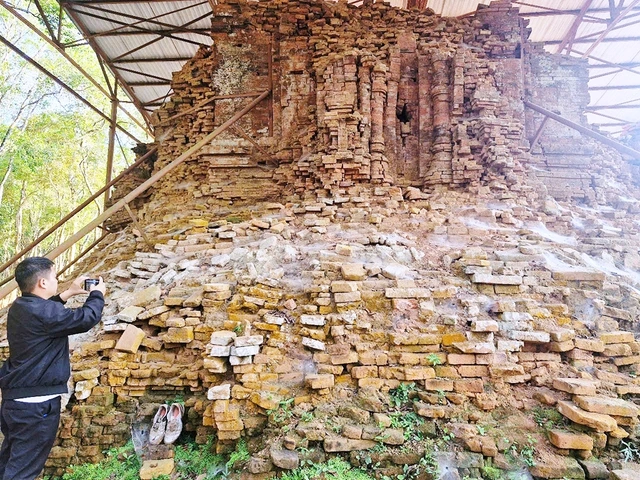

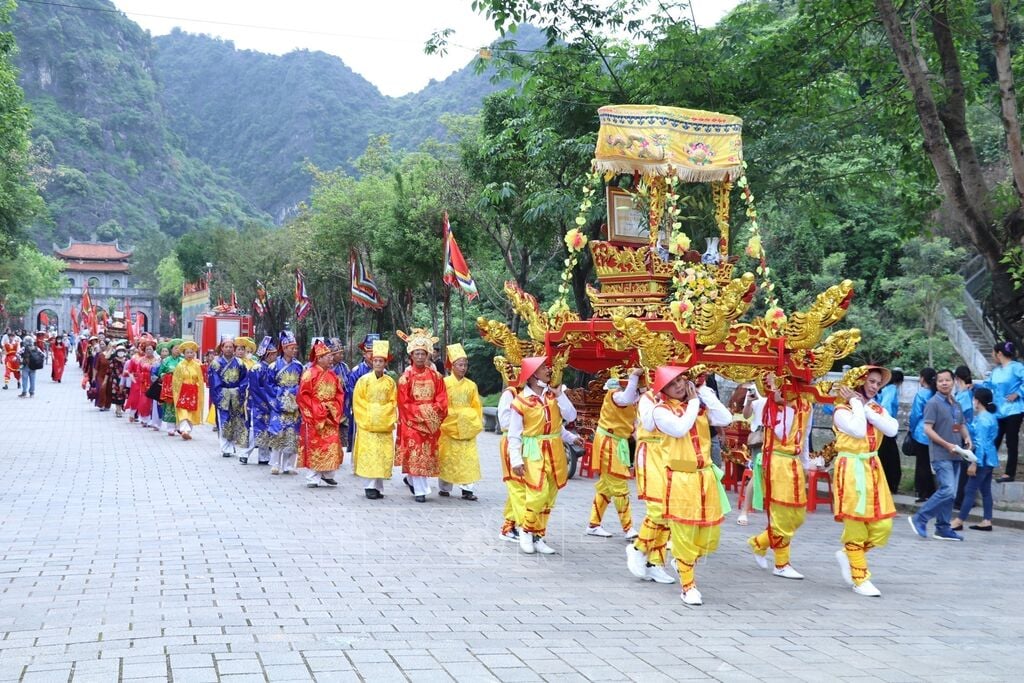

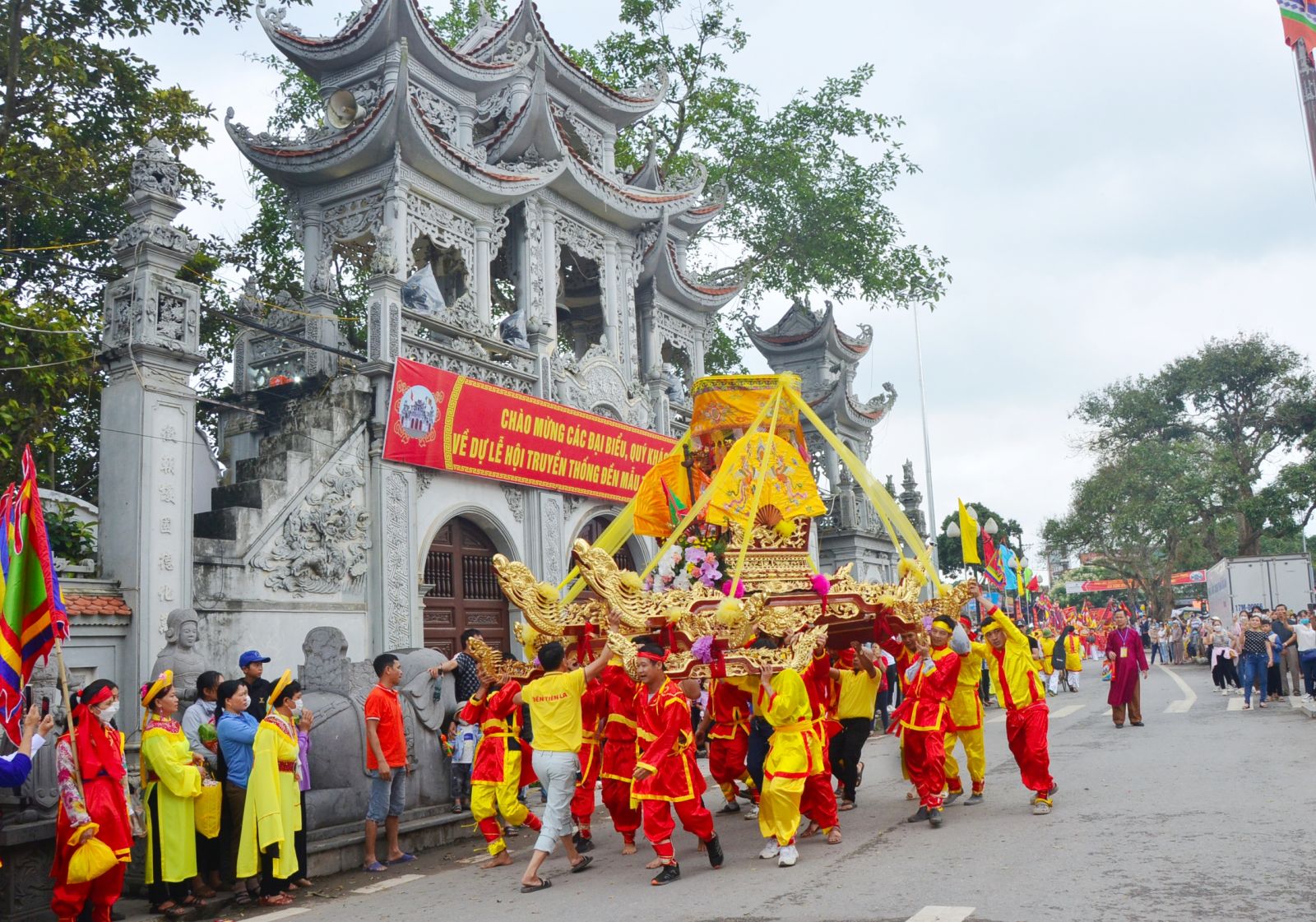

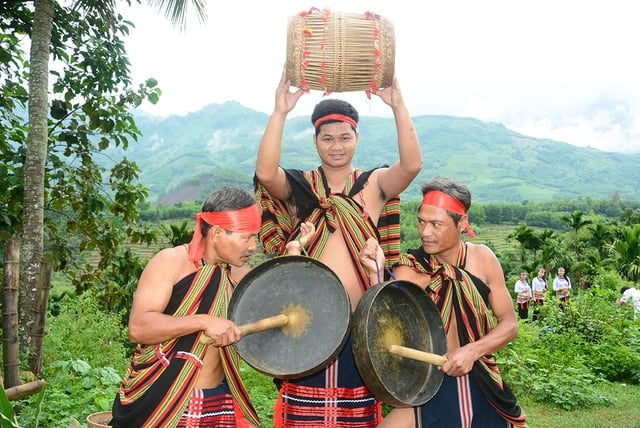
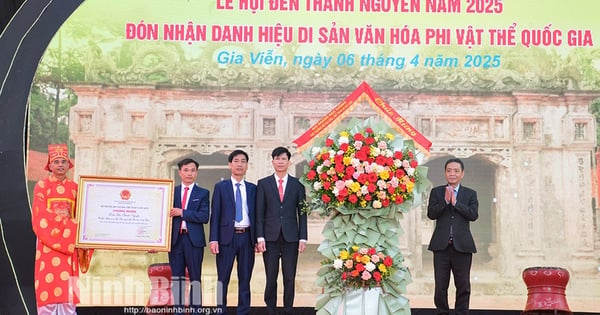


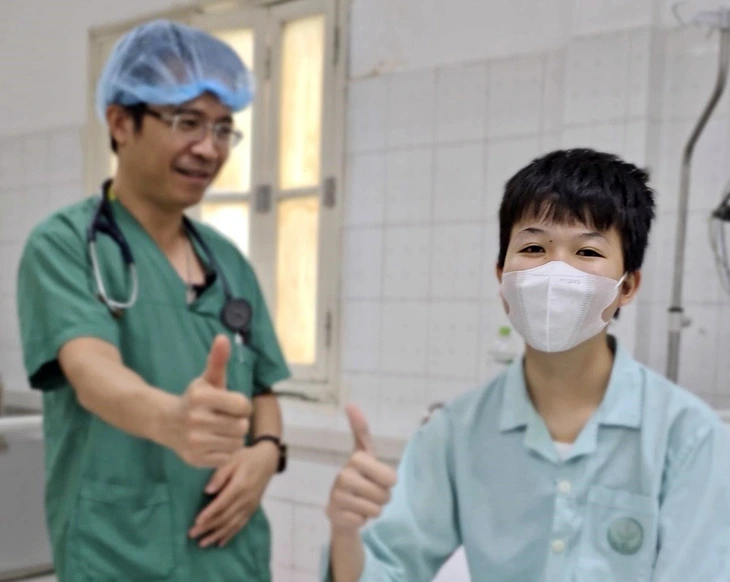

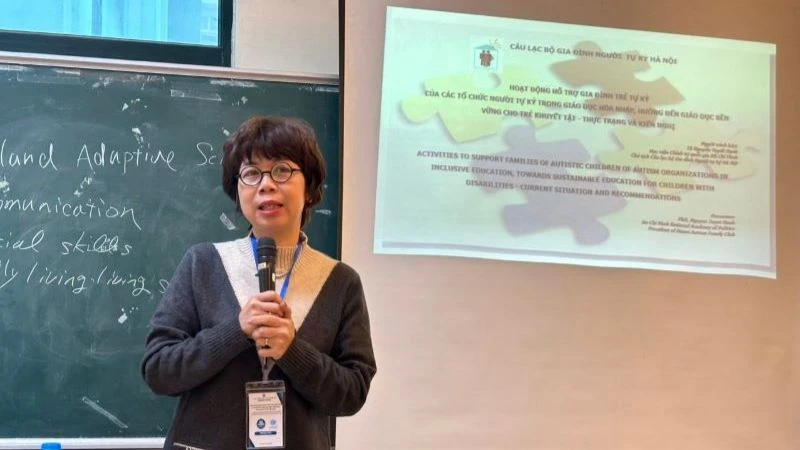



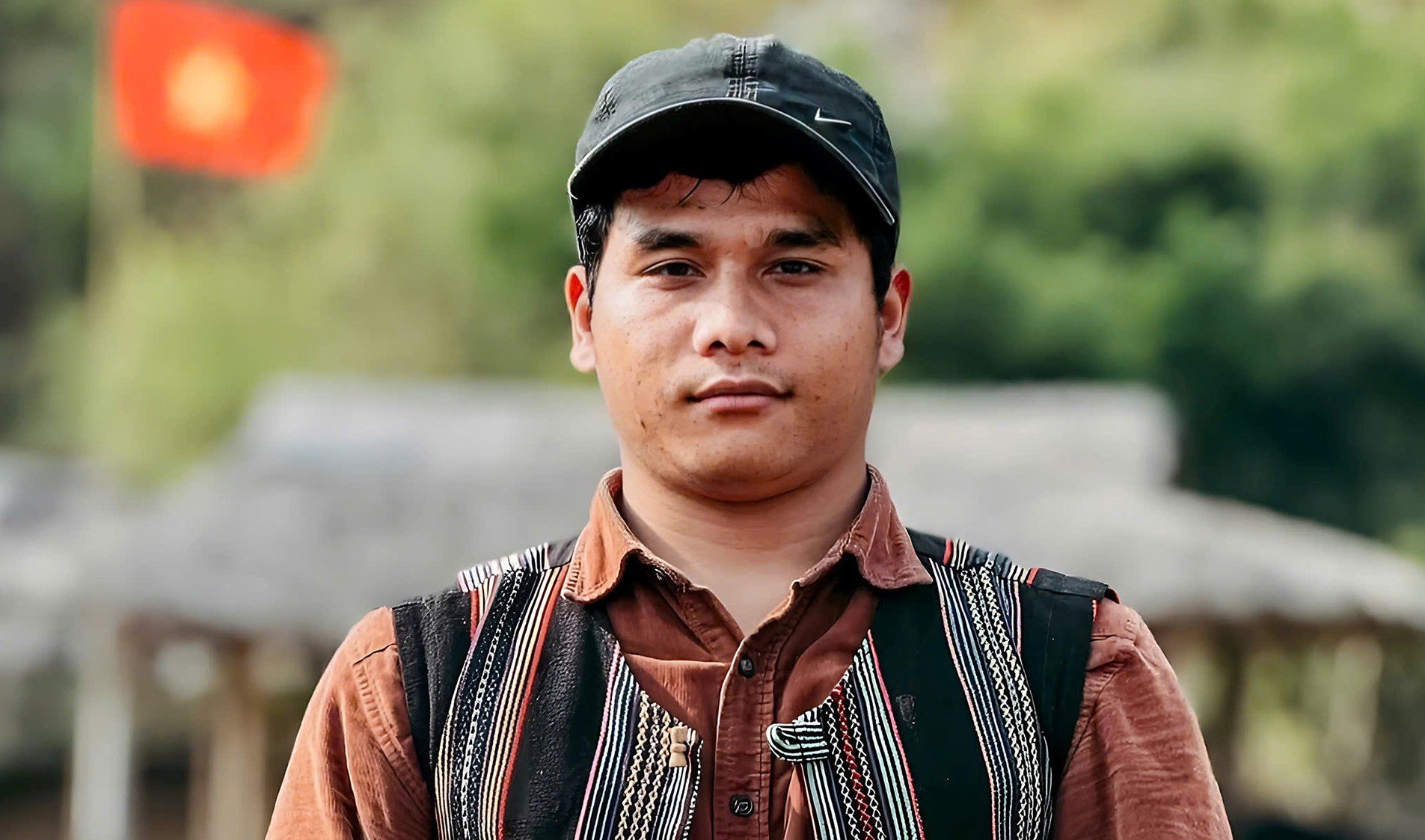


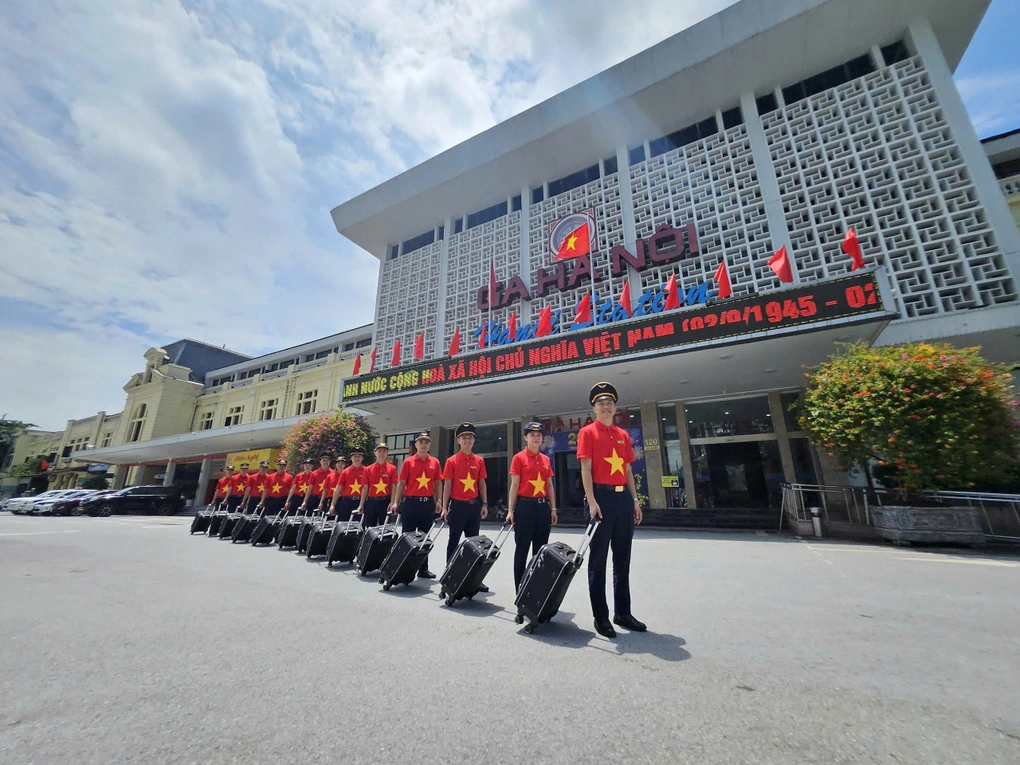




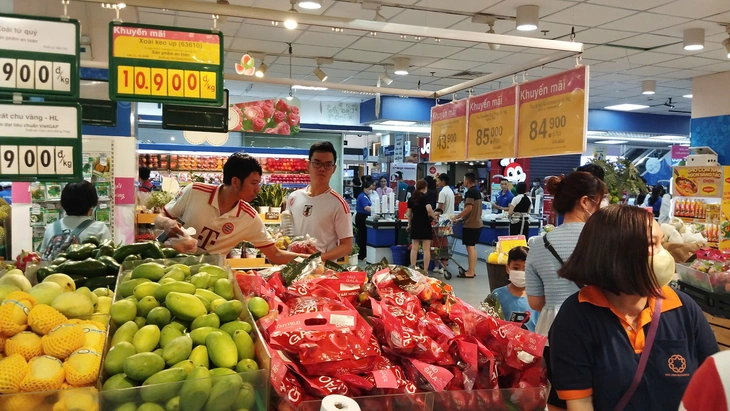


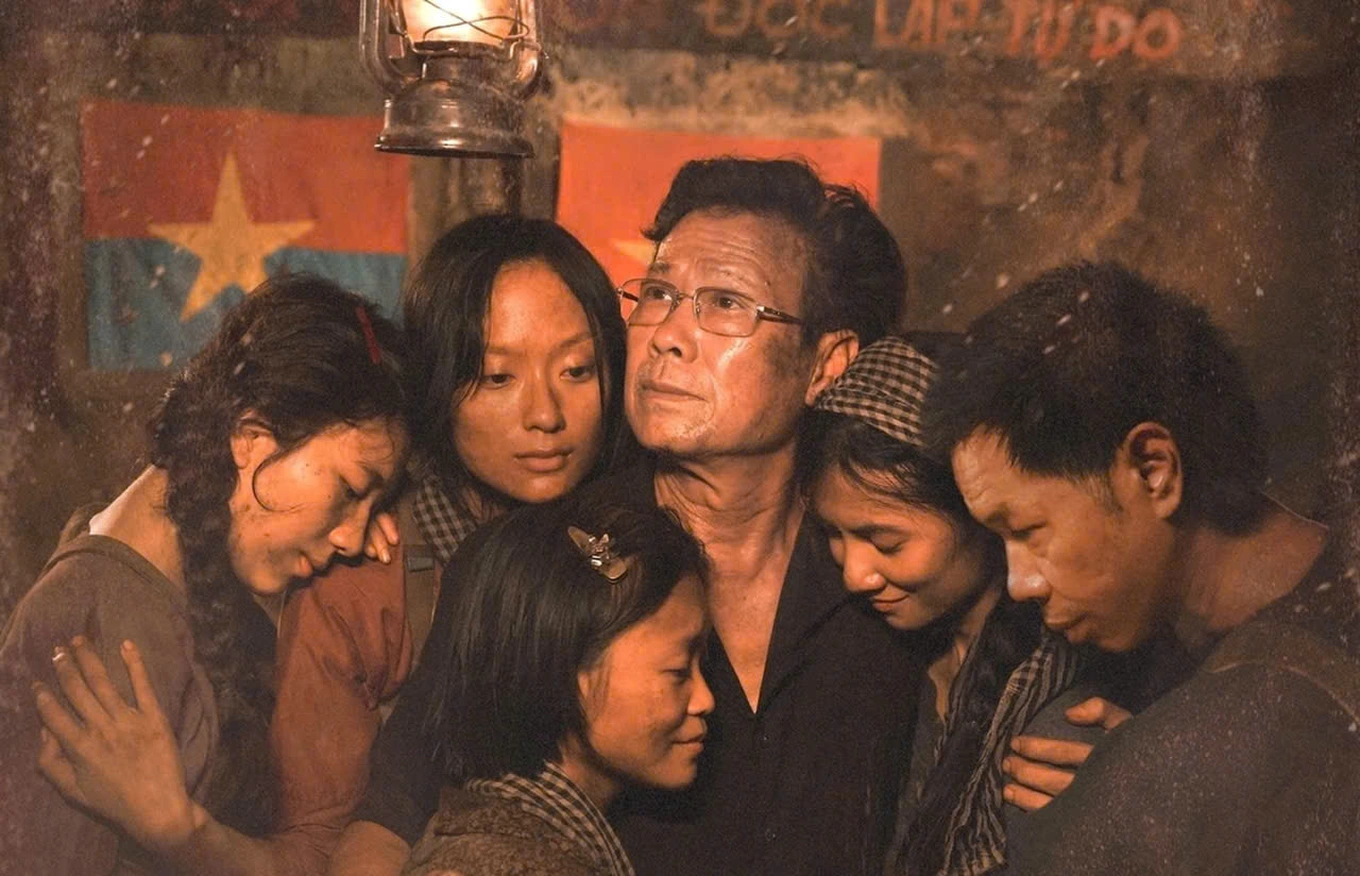
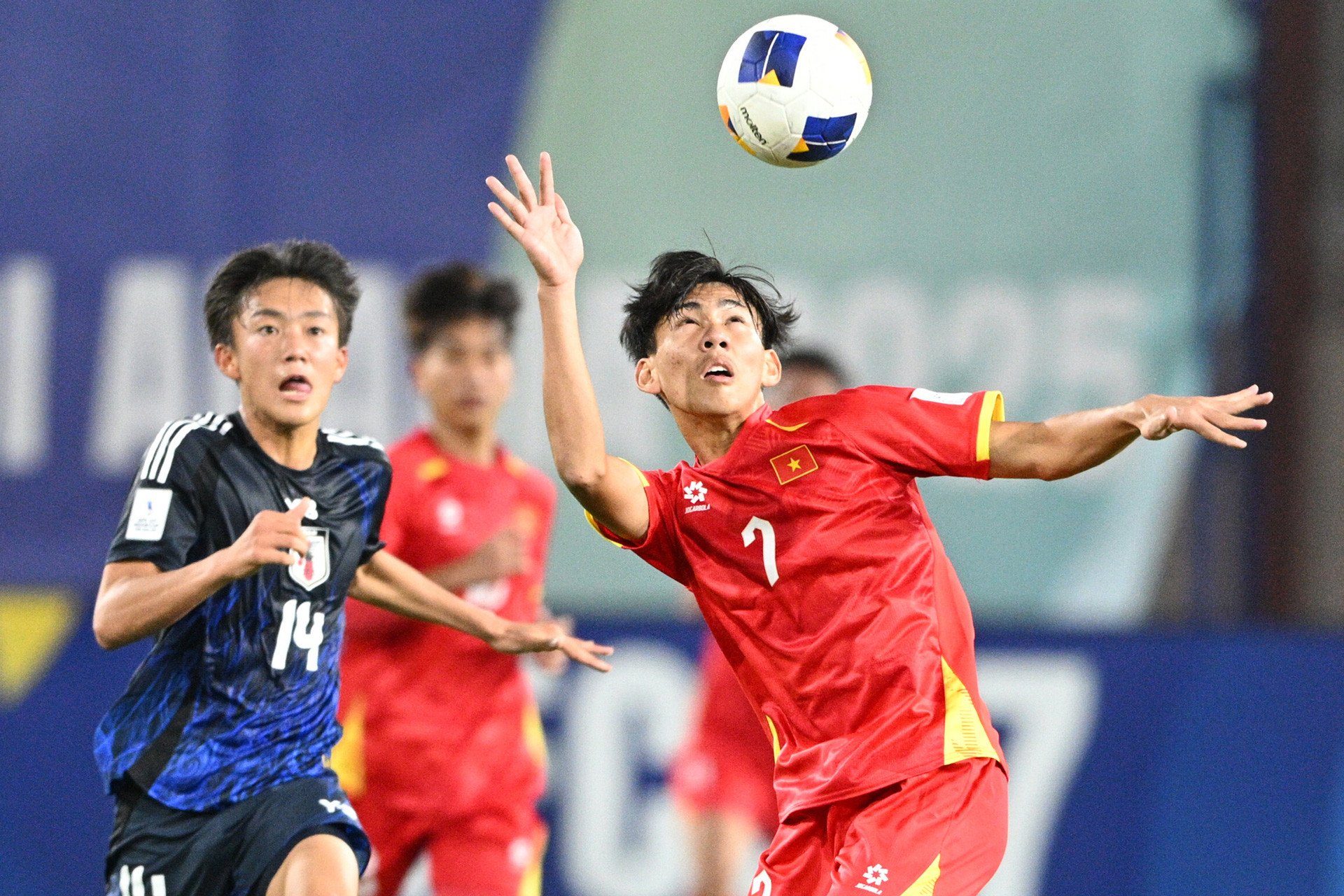
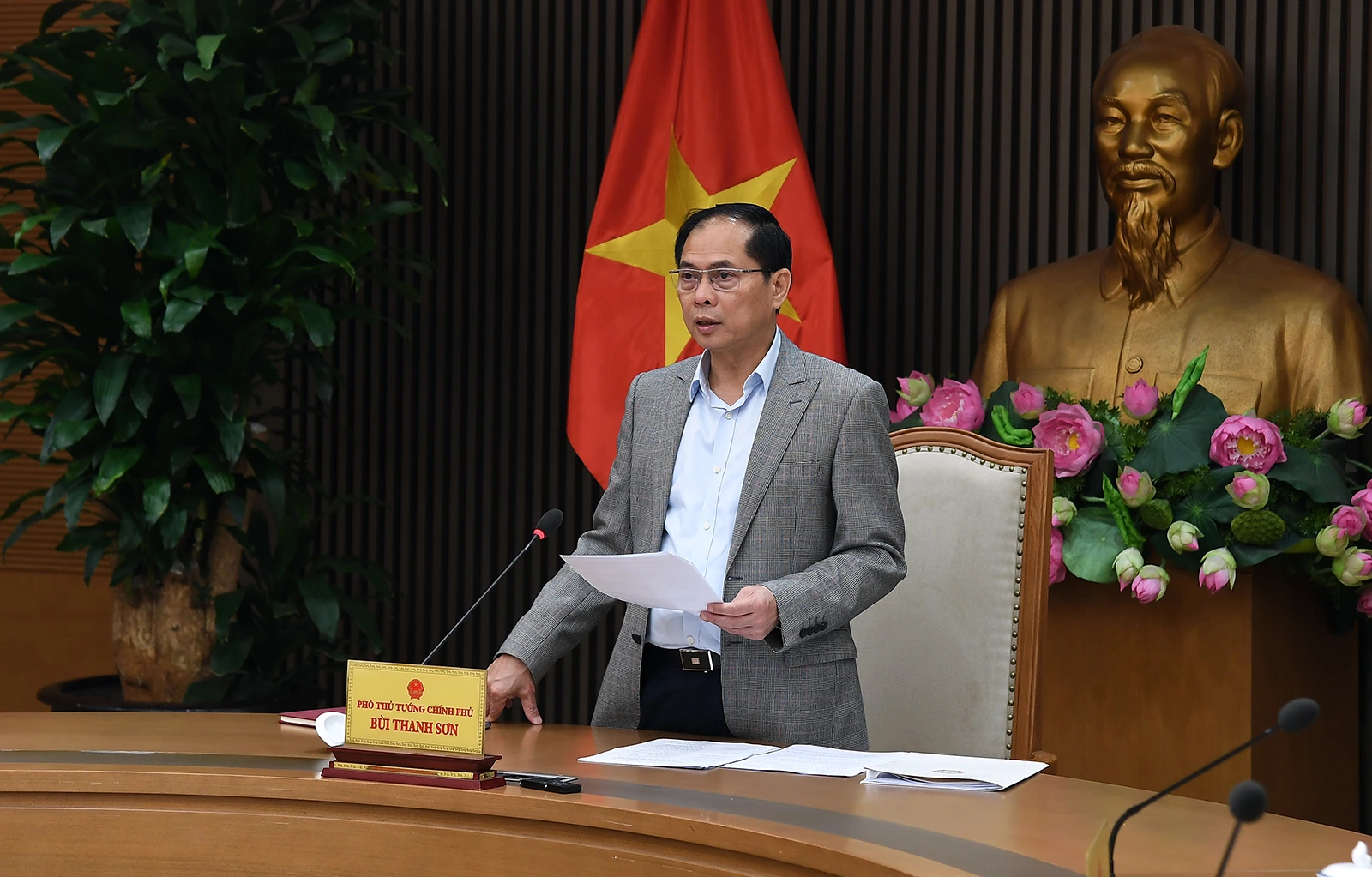








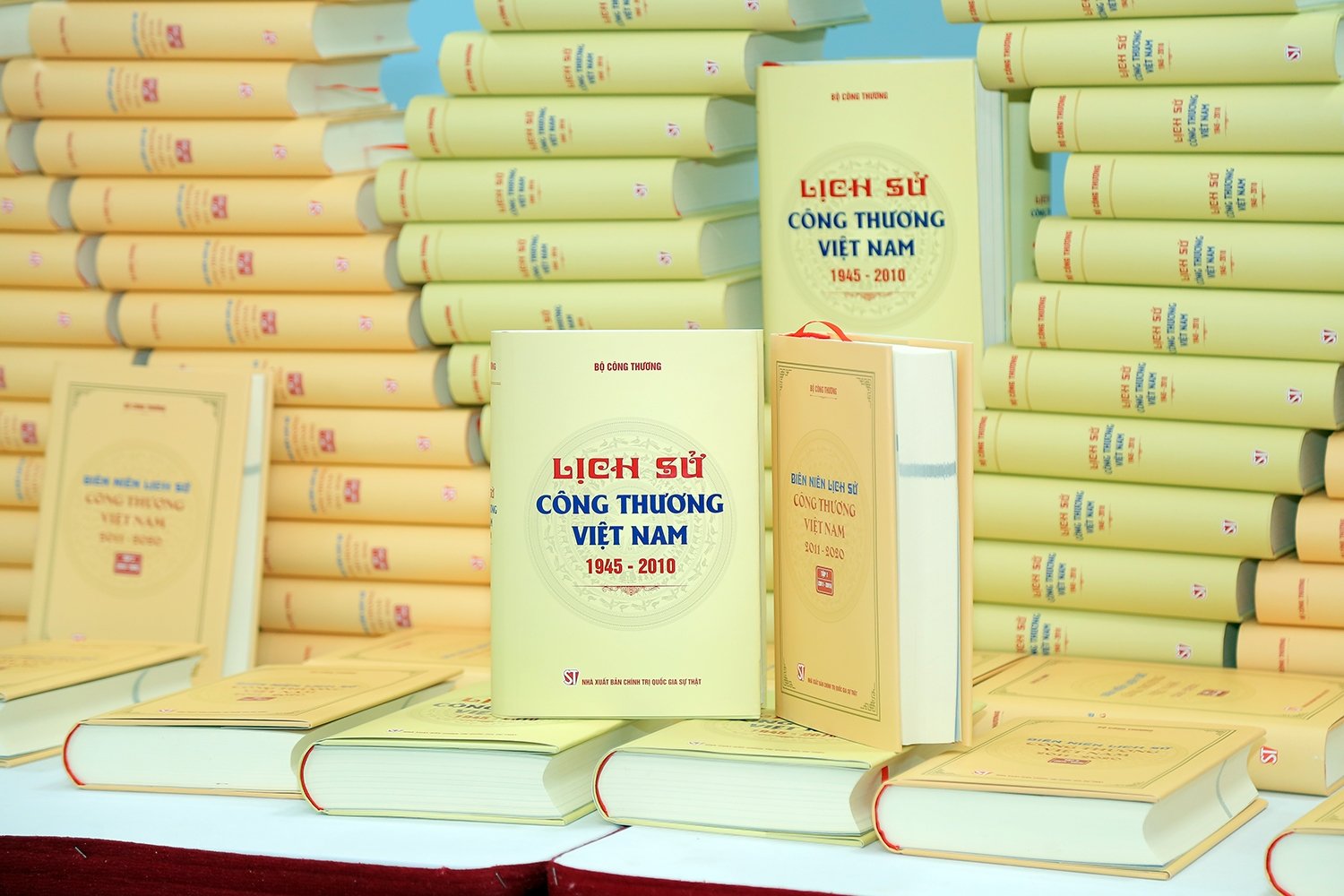
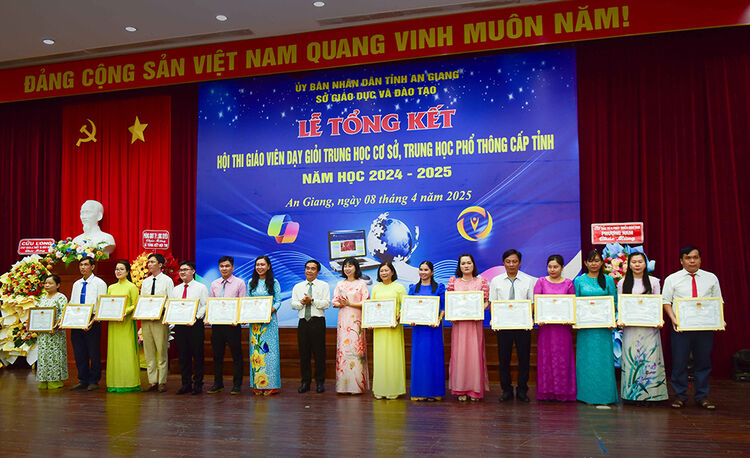
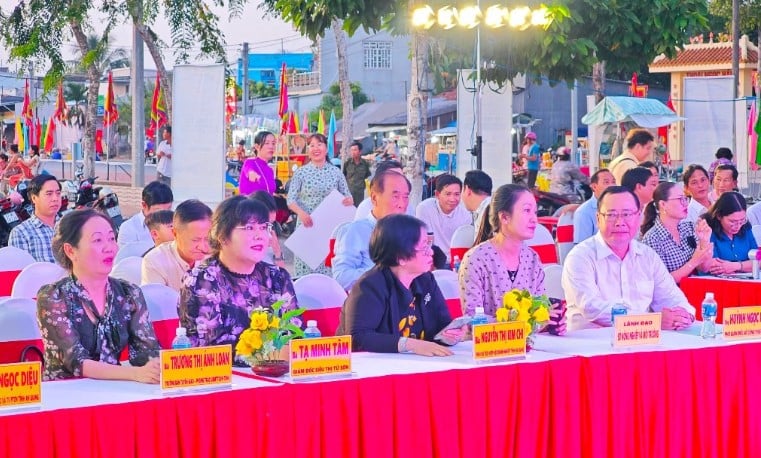

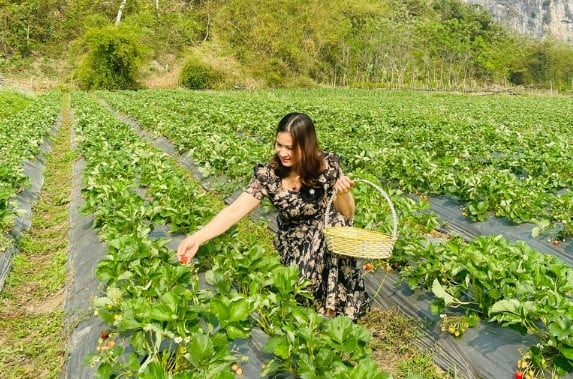

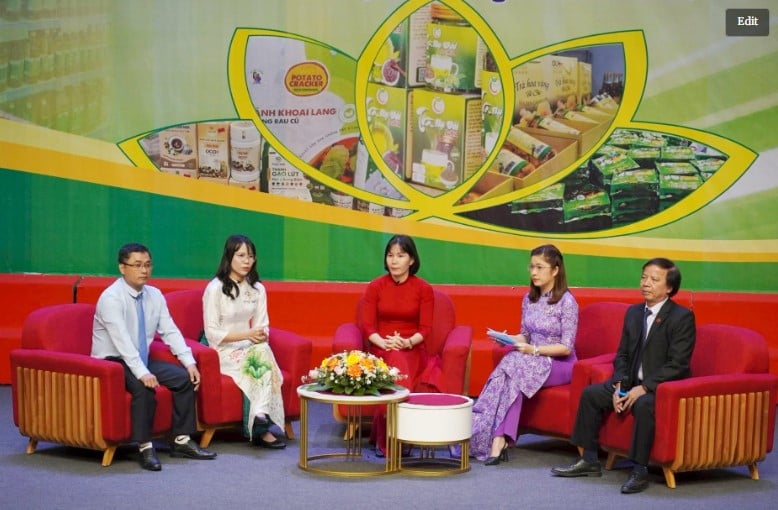

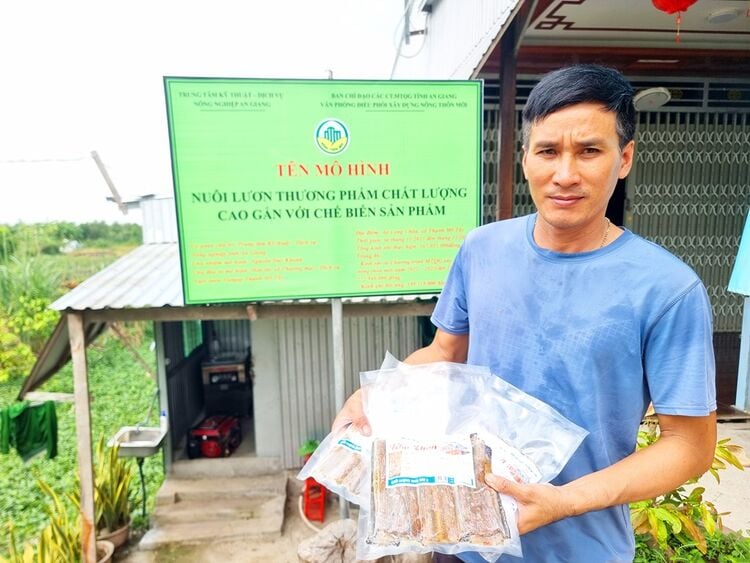
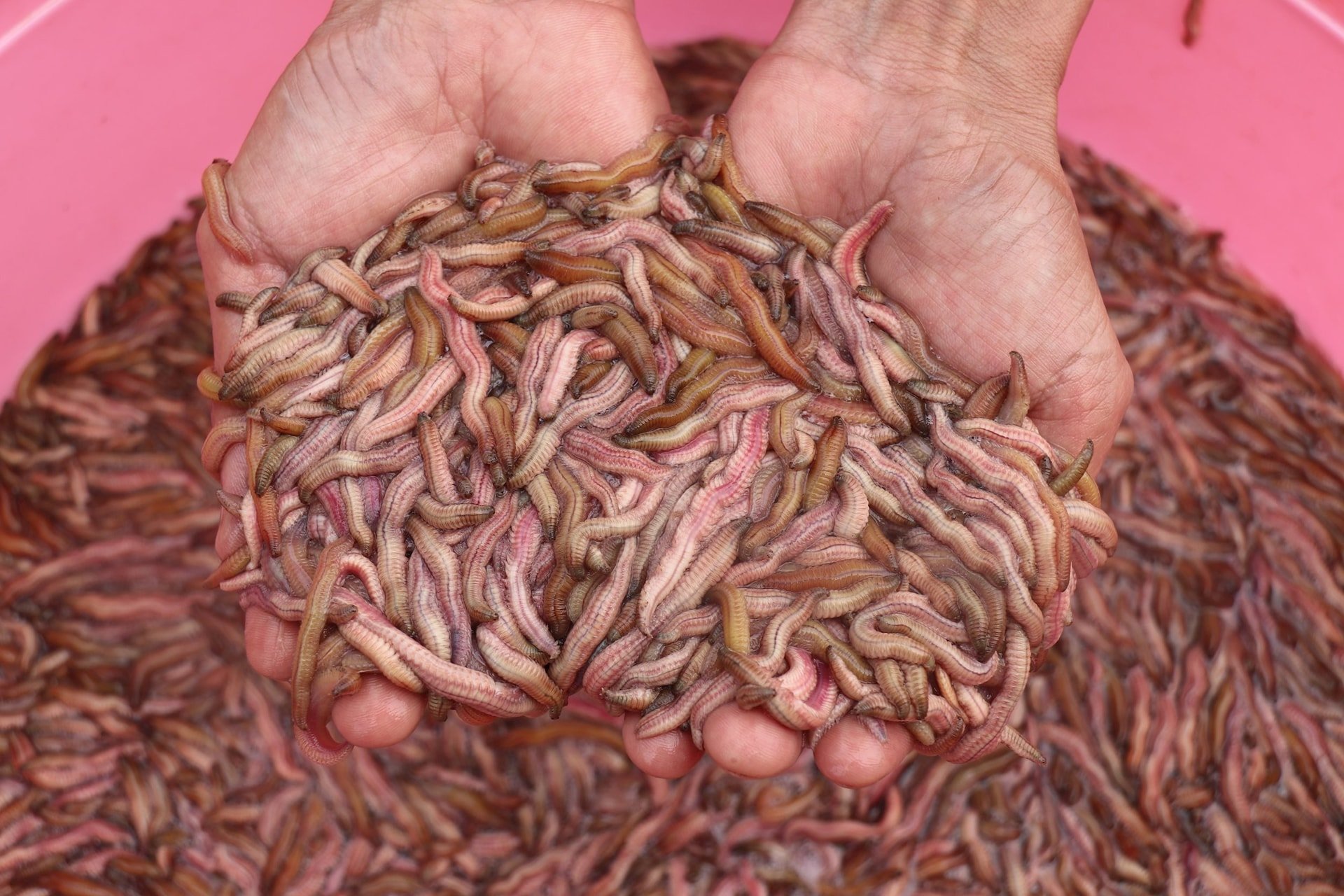
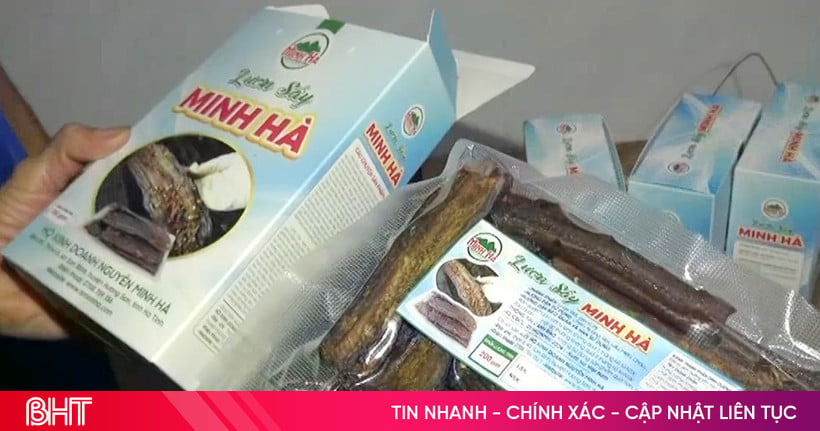

Comment (0)